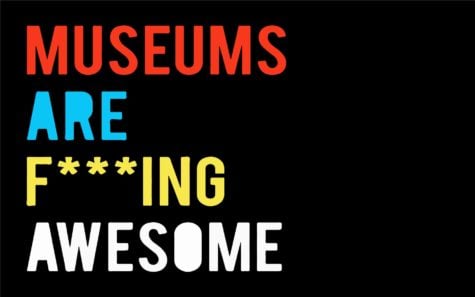
Back in the eighteenth century, every average Astronomy Joe with a telescope was spending his nights staring at the sky, hoping to find a comet to call his own. One such astronomer was Charles Messier, who got so depressed when another astronomer discovered a comet instead of him, he could barely be parted from his telescope, even when his wife was on her deathbed.
One night, Messier looked up into the night sky and was shocked to realize he hadn’t just found a new comet – he’d discovered a nebula instead.
Charles Messier: A Messy Life Gets Messier
Before Charles Messier found his nebula, he was just a boy who liked to stare up at the night sky and look at stars. The tenth of twelve kids, he probably wanted any chance he could get for some escapism.
Messier’s fascination with the stars started in 1744 when, at fourteen years old, he witnessed the magnificent “six-tailed” comet dash across the heavens. After his father died, Messier received a homeschool education from his oldest brother, Hyacinthe (the next celebrity baby name craze?), who taught little Charles all he knew about the methodic administrative work that would serve Charles well later in his detailed studies of stars.
After an accident left Messier bedridden with a broken thigh, he had no choice but to become closely acquainted with his telescope and live out his own “Rear Window” type adventure. But instead of becoming a voyeur of neighbors and murder, he turned his eyes to the sky.
Charles Messier: Come to Me Comet!
At the age of 21, Charles Messier found work under Joseph Nicolas Delisle, an astronomer for the Navy. Messier quickly became a trusted and skilled apprentice to Delisle, known for his keen eye for observation and detail.
In 1757, Messier became obsessed with the idea of finding Halley’s comet, which had been predicted in 1682 to return in 1757 or the next year. And by golly, Messier watched every night until he found it!
In 1779.
Unfortunately, because of some incorrect calculations, Messier found the comet a bit too late: it had already been discovered by a German farmer/amateur astronomer the year before.
However, while trying to find the comet, Messier discovered something else: a nebula.
The Charles Messier Catalog
Even though Messier’s first nebula, known today as the Crab Nebula, had already been discovered, it made him realize that it might be important to keep track of all these findings in one coherent place so that future comet hunters, (comet ferrets as Messier was once called by King Louis XV) could know what was, and was not, a big juicy interstellar discovery.
Eventually, over 100 celestial objects were added to The Messier Catalog, 1 including ones already discovered as well as found by Messier, with seven added after his death in 1817. Messier was so invested in his work that a popular rumor exists that he almost didn’t leave his telescope when his wife was dying and when he eventually did, he was more upset about what he missed while away from his precious skies than at her death.
Charles Messier: A Different Napoleon Complex
Astronomers today still used Charles Messier’s catalog and it has aided in the discovery of countless celestial objects and phenomenon.
The only thing that marred Messier’s otherwise-interstellar-reputation was the fact that he, as an old man mind you, decided to name The Great Comet of 1769 after Napoleon, who was born in 1769. This name choice was a sore spot amongst more “pure” astronomers who denounced the idea that comets represented or marked events on Earth. 2 But hey, by this time, Messier had been so devoted to his craft, he deserved a little wackiness.
Sometimes failure propels you to success, as in the case of Charles Messier. The next time you hit setback just think of the man who shot for the moon and landed among the stars. Or shot for a comet and landed among the nebula. You get it…

